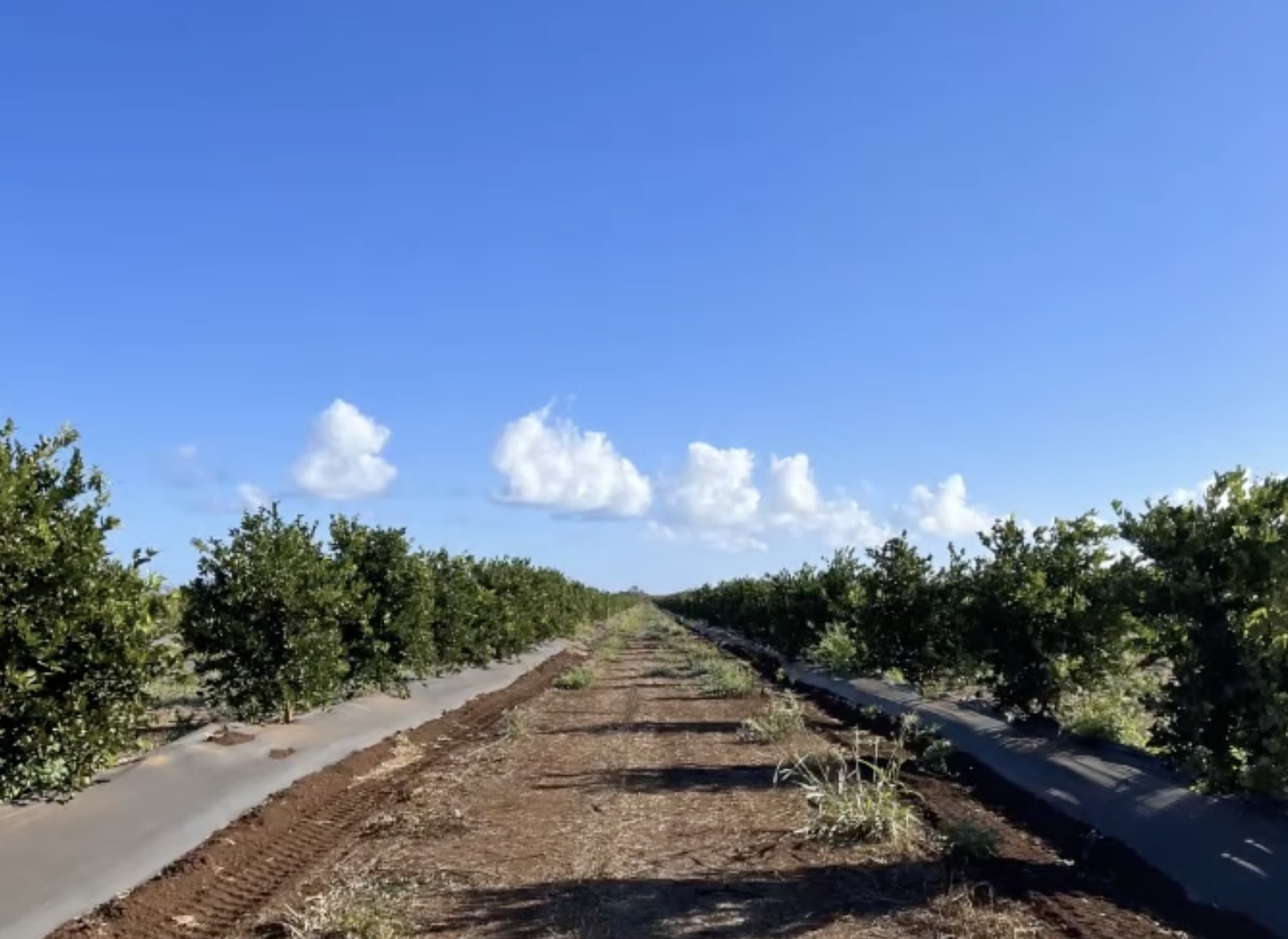It’s almost an annual event these days. The Board of Land and Natural Resources issues month-to-month revocable permits allowing the diversion of millions of gallons a day of water from East Maui streams. And the permits are challenged by the Sierra Club of Hawaiʻi.
In the most recent development, Environmental Court Judge Jeffrey P. Crabtree ordered a reduction in the amount of water that Alexander & Baldwin and East Maui Irrigation (A&B and EMI, respectively) may divert, reducing it from 40.49 million gallons per day (mgd) to 31.5 mgd.
Most of the water is intended to be used by EMI co-owner Mahi Pono, LLC, which is working to develop diversified agriculture in Central Maui on lands formerly owned by A&B.
In his decision, Judge Crabtree sounded almost weary from the many challenges that have come before him over the A&B/EMI revocable permits (RPs).
“This [environmental court] presided over a previous proceeding involving the 2021 RPs,” he wrote in his decision in the current case, issued June 16. “The court ruled that a contested case hearing was constitutionally required, and that the denial of the constitutionally required contested case hearing meant the defective permits ‘cannot stand.’ … The same issue is presented in this case. … The court concludes the requested contested case hearing was constitutionally required for these RPs for 2023.”
But, as in that earlier case, Crabtree did not vacate what he describes as the “defective” RPs. “Doing so,” he wrote, “would potentially leave a legal vacuum until BLNR can act and issue new permits.”
Instead, he ordered the RPs to be reduced. The actual reductions in flow amount to around 5 mgd – from 40.49 mgd to 35.48 mgd. However, he also ordered the companies to avail themselves of the 4 mgd in groundwater that they had not been pumping, thereby allowing total reductions in stream flows of roughly 9 mgd – or around 22 percent.
Despite the ordered reductions, the amount of water allowed to be diverted is still greater than in recent years. As the Sierra Club pointed out in a press release, “In May 2021, the environmental court had chastised the BLNR for its similarly arbitrary decision-making, and reduced the amount of water that could be taken … from 45 mgd to 25 mgd. A year later, the court capped the amount at 20 mgd. The BLNR subsequently increased the amount of water that A&B and EMI could take to more than 40 mgd.”
Over and above the disputed diversions, the Sierra Club was suing the Land Board over the board’s denial of a contested case hearing. As a result, members of the group, including its attorney, David Kimo Frankel, were allowed just three minutes each to attempt to explain their objections to the proposed RPs.
Judge Crabtree listed all the issues that the Sierra Club “would have likely fully disputed at a contested case hearing had it been given the opportunity.” He then went on to note, “These are multi-faceted and complex issues, involving facts, policy, law, and substantial impact on the public interest. That is precisely why a contested case hearing is necessary: get the facts, exhibits, witnesses, arguments, and perspectives out on the table, subject to cross-examination, hearing full argument (not three minutes) and create a full and robust record. Do that, and the chances increase for getting a solid, objective decision that protects our natural resources while also balancing legitimate needs to use those natural resources.”
(For more background, see our January 2023 article, “DLNR Almost Missed Out On Nearly $200,000 in Rent,” available at www.environment-hawaii.org.)
— Patricia Tummons


Leave a Reply